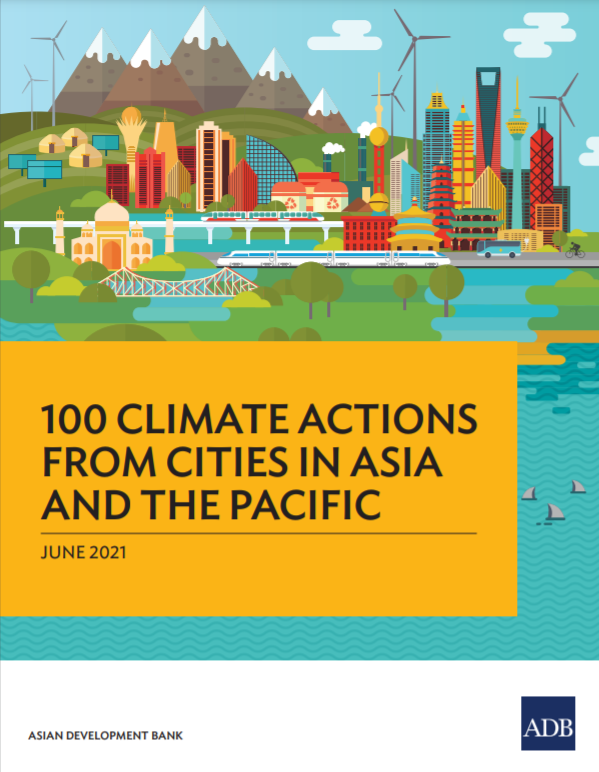Cities in developing countries in Asia and the Pacific are growing at an unprecedented speed. The region’s population is expected to increase from 1.84 billion in 2017 to 3 billion by 2050, with a projected urbanization rate of 64%. While cities act as engines of economic growth, rapid urbanization coupled with population growth poses a significant challenge to sustainable development for a region that is the most vulnerable in the world to the impact of climate change. To cope with this anticipated population growth while adapting to and mitigating climate change, several cities in the region have set ambitious climate targets with the aim of reducing their greenhouse gas (GHG) emissions and strengthening their adaptive capacities.
Drawing from experiences within the region, from multiple sectors including renewable energy, carbon finance, transport, land use, information and communication technology, climate action plans, building energy efficiency, solid waste, sustainable and low-carbon communities, and climate resilience, this publication illustrates how city-level initiatives contribute to reducing GHG emissions and building resilience while delivering economic, environmental, health and social co-benefits. It showcases 100 projects and programmes tackling climate change and its impacts on people and the environment in cities across Asia and the Pacific.
